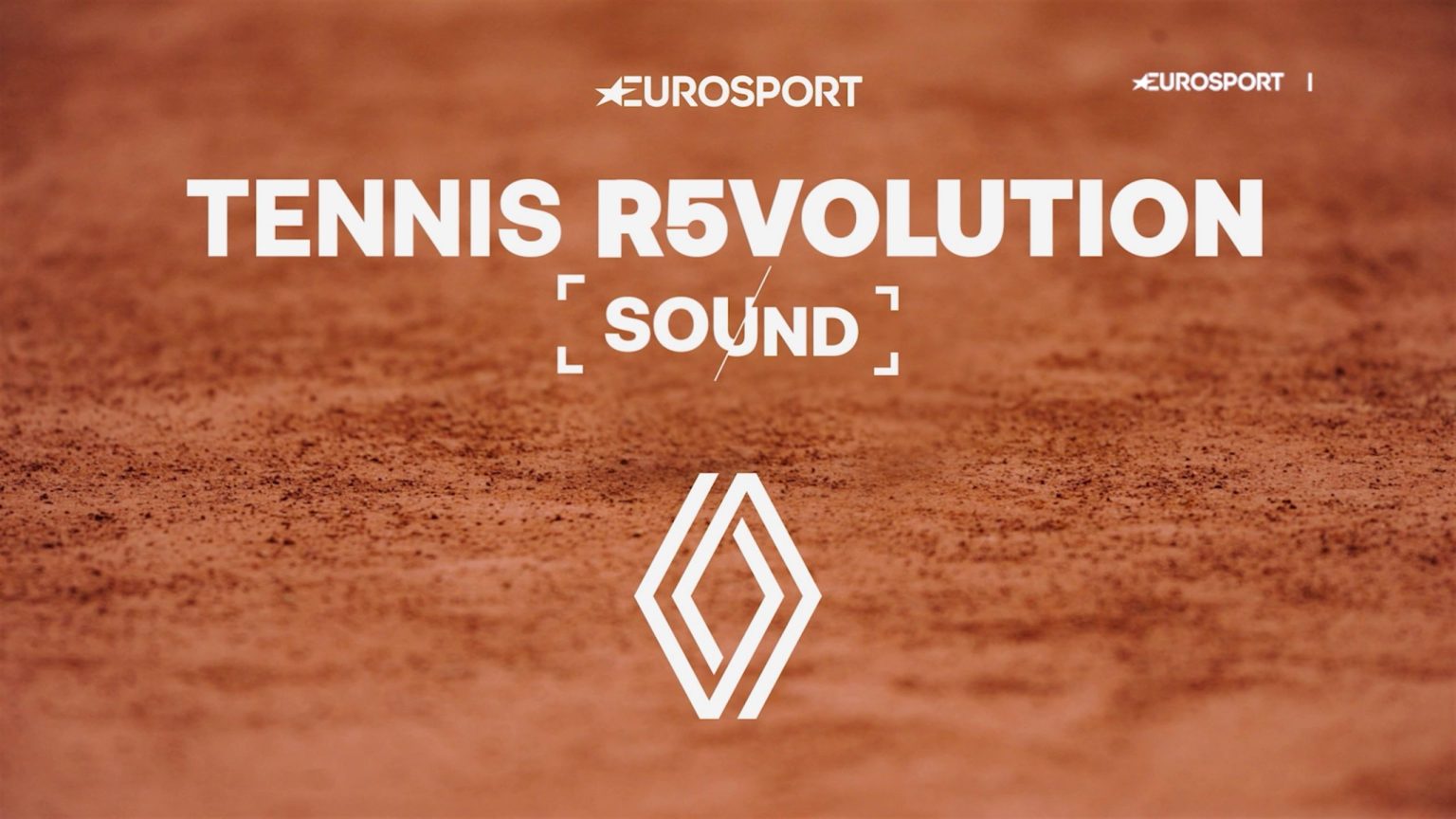In the latest episode of TENNIS R5VOLUTION, former tennis player Mats Wilander is joined by current players Casper Ruud and Diane Parry to discuss the evolution of tennis racket technology and how it has impacted the sound produced during play. The trio delves into how advancements in racket materials, design, and string technology have altered the audible experience of the sport, comparing the sound of older wooden rackets to the modern, high-tech versions used today. They explore how these changes have influenced not only the playing experience but also the spectator’s enjoyment of the game.
Wilander, Ruud, and Parry share their personal observations and experiences with different types of rackets and how the sound they produce affects their gameplay. They discuss how the modern rackets offer more power, control, and spin compared to older models, leading to a distinct sound that reflects these advancements. The players touch upon the importance of finding the right balance between power and control in racket selection, emphasizing the impact it can have on their performance on the court. They also highlight the role of string tension in producing sound and how players can adjust it to suit their playing style and preferences.
The discussion extends to the psychological aspect of the sound of a tennis racket, with the players noting how the noise can affect both their own mindset and that of their opponents during a match. They talk about the intimidation factor of a powerful “crack” when hitting the ball, as well as the satisfaction of a clean, controlled sound that signals a well-executed shot. The trio reflects on how varying racket sounds can create a dynamic atmosphere on the court, adding to the overall excitement and drama of professional tennis matches.
Wilander, Ruud, and Parry also explore the role of technology in capturing and enhancing the sound of tennis rackets for television viewers and fans. They discuss how advancements in audio equipment and production techniques have allowed for a more immersive viewing experience, with microphones picking up the nuances of each shot and providing viewers with a deeper connection to the game. The players acknowledge the importance of sound in conveying the intensity and emotion of a match, highlighting its role in enhancing the overall storytelling of tennis tournaments and capturing the attention of global audiences.
The conversation touches upon the evolution of tennis racket sound as a reflection of the sport’s continuous innovation and progress. Wilander, Ruud, and Parry acknowledge the role of manufacturers, coaches, and players in driving these advancements, pushing the boundaries of technology to improve performance and enhance the overall playing experience. They emphasize the importance of adapting to these changes and embracing new technologies to stay competitive in the ever-evolving world of professional tennis. The trio encourages players and fans alike to appreciate the evolution of racket sound as a symbol of the sport’s growth and evolution over the years.
Overall, Wilander, Ruud, and Parry’s discussion on the evolution of tennis racket sound provides a unique insight into the intersection of technology, psychology, and performance in the sport. Their exploration of how racket design and materials have shaped the audible experience of tennis offers a fresh perspective on the impact of innovation on the game’s evolution. Through personal anecdotes and expert analysis, the trio sheds light on the importance of sound in tennis and its role in shaping the dynamic and captivating nature of the sport for players and fans around the world.













